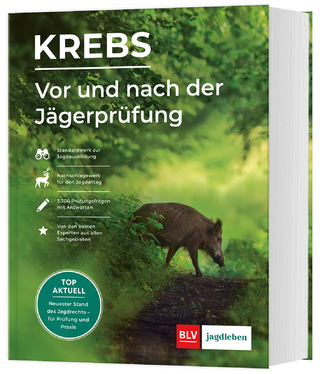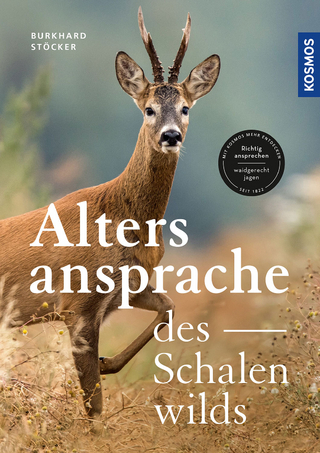
Modern Trout Fishing
Globe Pequot Press (Verlag)
978-0-7627-8026-6 (ISBN)
Boots Allen is a fly fishing guide and a three-time high scoring guide in the annual Jackson Hole One-Fly Contest, a high scoring angler in the East Idaho Bass on the Fly Tournament, and winner of the prestigious 2007 Carmichael-Cohen Award. He has penned articles for fly fishing and outdoor magazines and is the author of Snake River Fly Fishing.
Introduction: A history of fly-fishing with an emphasis on the progression of tactics. This book, Modern Trout Fishing, is the most recent in a long, aristocratic line of texts. Chapter 1: What Trout See, Hear, and Smell Part of what makes fly fishing so damn enjoyable is the way the sport lends itself to learning more about the environment, including characteristics of fish and wildlife. Studying the aural, ocular and scent traits of trout make you both a more astute, and better, angler. Chapter 2: Holding Water Understanding where trout hold, when, and why, will greatly increase ones chances at catching trout. Factors to consider include velocity and depth, temperature, oxygen levels, current breaks, and behavioral differences among various trout species. Chapter 3: Dry Fly Strategies and Tactics The most popular type of trout fishing, the factors to consider when dry fly-fishing include dead drift, avoiding drag, how best to approach holding water, the strip set (vs the “trout set”) and the mend. Tandem rigs offer variability to selectively feeding trout, and a proper cast assures the flies land appropriately. Chapter 4: Nymphing Strategies and Tactics Perhaps the most effective way to fish. It is becoming increasing popular because of new and improved tactics by modern fly fishers and a better exchange of info. The factors to consider include depth and line control, indicator vs. no indicator, dropper systems (standard dry-dropper, off-set), double, triple, and dropper loop riggings, and proper casts and presentations for a variety of situations. Chapter 5: Streamer Strategies and Tactics Traditionally, no type of fly fishing has been more overlooked, but advances in tackle and tactics has made it much more effective. It is important to understand depth and holding water as well as water column and thermocline factors. Critical factors include the use of the latest tackle, retrieval techniques, hook sets, and types of patterns (size, color, stinger, etc.). Chapter 6: Favorite Flies Traditional patterns are still very effective and serve as templates for many of the latest flies. Today, there is a lot of influence from saltwater, warm water, and anadromous fly fishing. The flies presented here I consider the most effective depending on one’s situation. Chapter 7: Conserving What We Have Despite over-fishing and the degradation of trout habitat, conservation efforts on the part of anglers have had a dramatic impact on protecting our fish. Still, there are more threats and a lot more to be done. Volunteering, contributing, lobbying, and being vocal are important individual tools.
| Erscheint lt. Verlag | 2.4.2013 |
|---|---|
| Verlagsort | Old Saybrook |
| Sprache | englisch |
| Gewicht | 34 g |
| Themenwelt | Sachbuch/Ratgeber ► Freizeit / Hobby ► Angeln / Jagd |
| ISBN-10 | 0-7627-8026-6 / 0762780266 |
| ISBN-13 | 978-0-7627-8026-6 / 9780762780266 |
| Zustand | Neuware |
| Haben Sie eine Frage zum Produkt? |
aus dem Bereich


